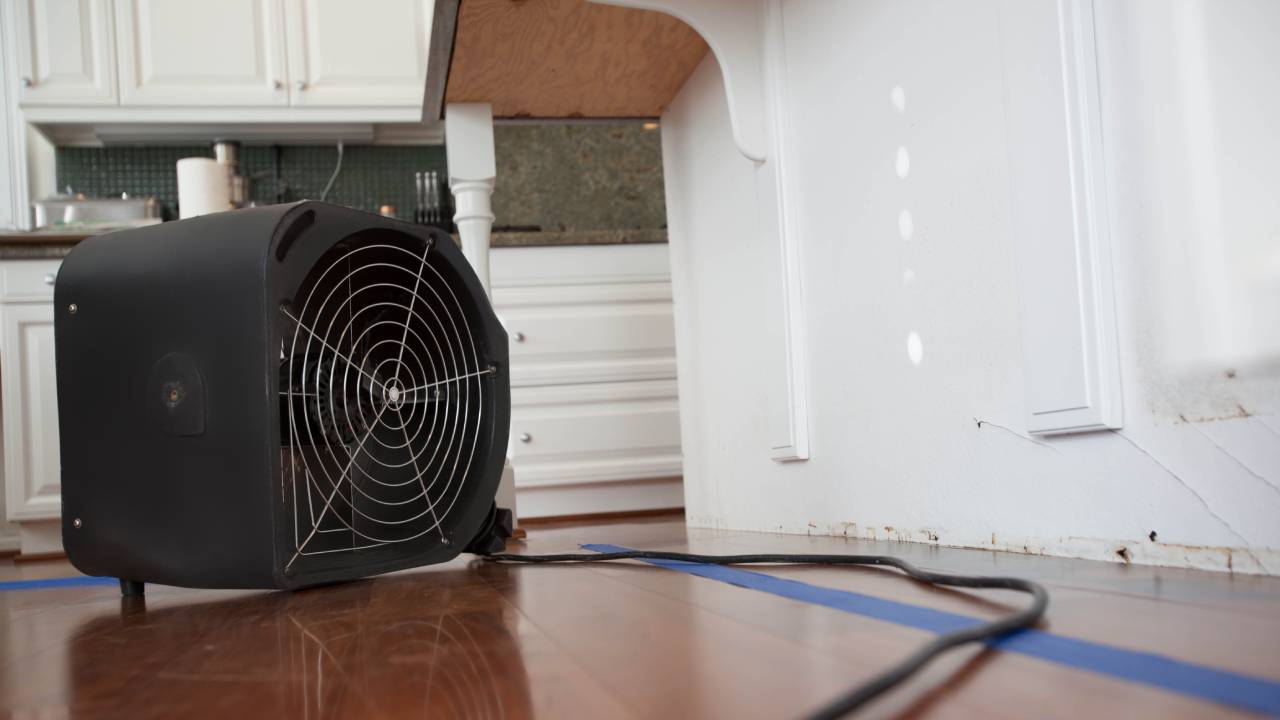Find the top 5 tools to repair water damage, prevent mold growth, and protect your home from further harm. Take control of your property’s safety today.
Category: Home Renovation | Repair
5 Tips for Staying Safe During Your Home Renovation
Transforming your living space to meet your needs is one of the most exciting parts of home renovation. However, DIY projects often involve risks, so prioritizing safety is a must for a successful project. Follow these essential tips for staying safe during your home renovation. Gear Up with Safety Equipment Equip yourself with essential protective […]
5 Mistakes To Avoid When Framing a House
Framing a house is a significant phase in the construction process. It forms the home’s skeleton, supplying the necessary support for the structure. This critical stage can also be a minefield of errors. Even experienced builders can make common mistakes that risk structural integrity down the line. We aim to help you navigate the complexities […]
What To Know Before Starting Your First Greenhouse
The natural world is nothing short of beautiful and nourishing for the soul, so it’s no wonder that many people are so enthusiastic about cultivating their own plants. Building or investing in a greenhouse is a huge and exciting step for anyone with a green thumb, but you should first arm yourself with a solid […]
What To Know Before Starting a Boat Restoration Project
Taking on a boat restoration project can be a daunting task. Before you start, there are many things to consider, from the project’s cost to the time commitment involved. But with some planning and research, you can make your dream of restoring an old boat a reality. You should know a few things before starting a boat restoration […]





